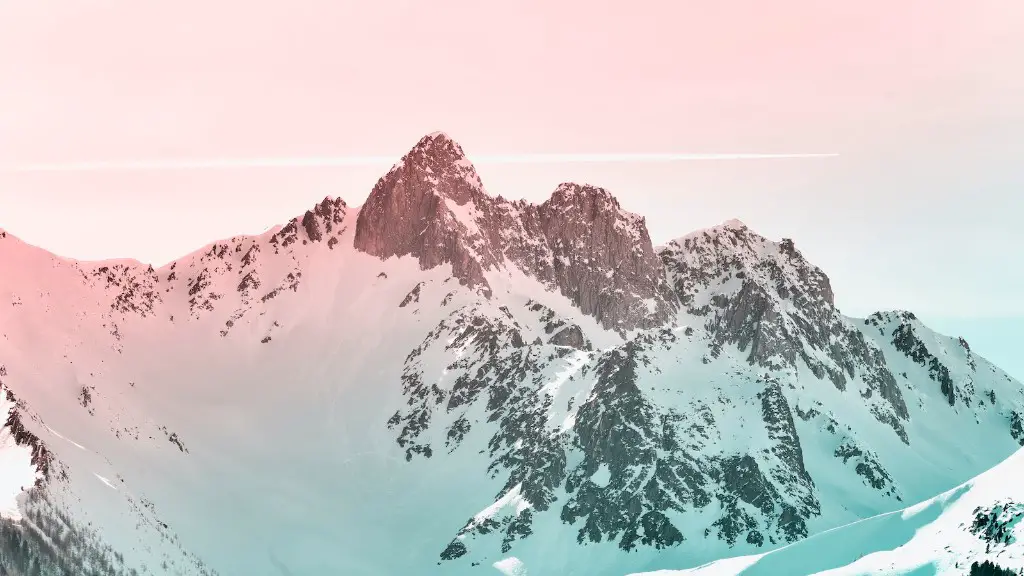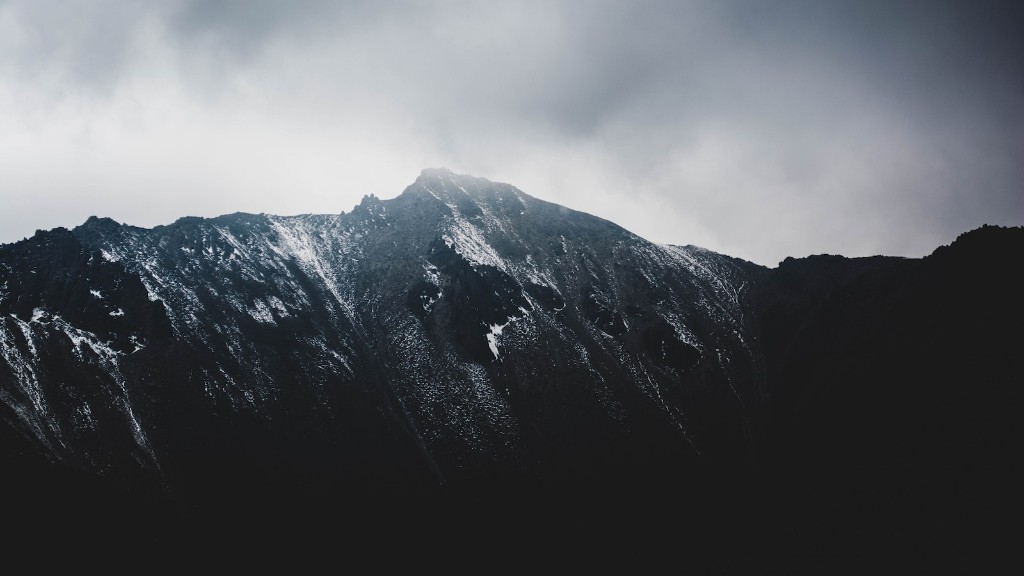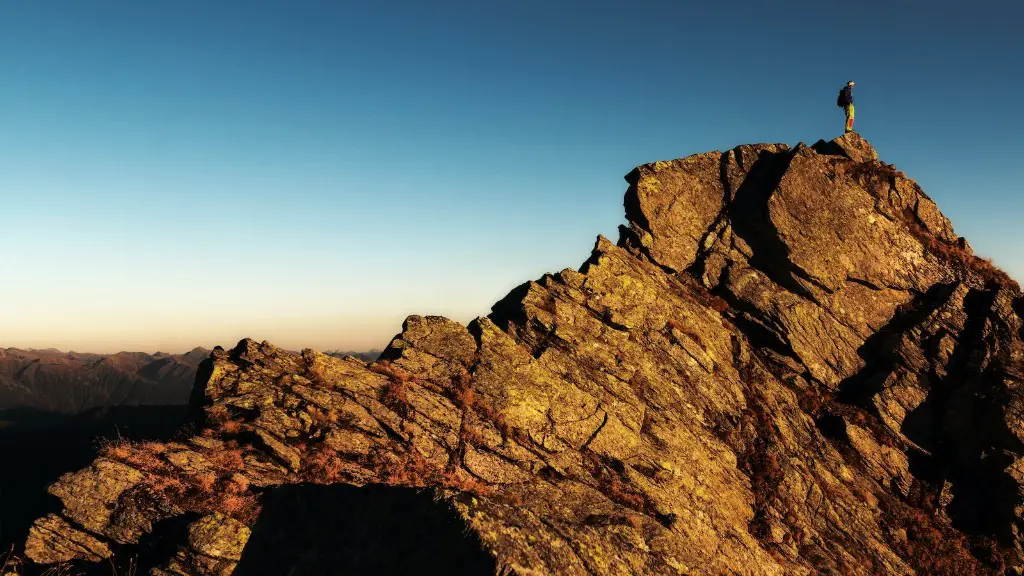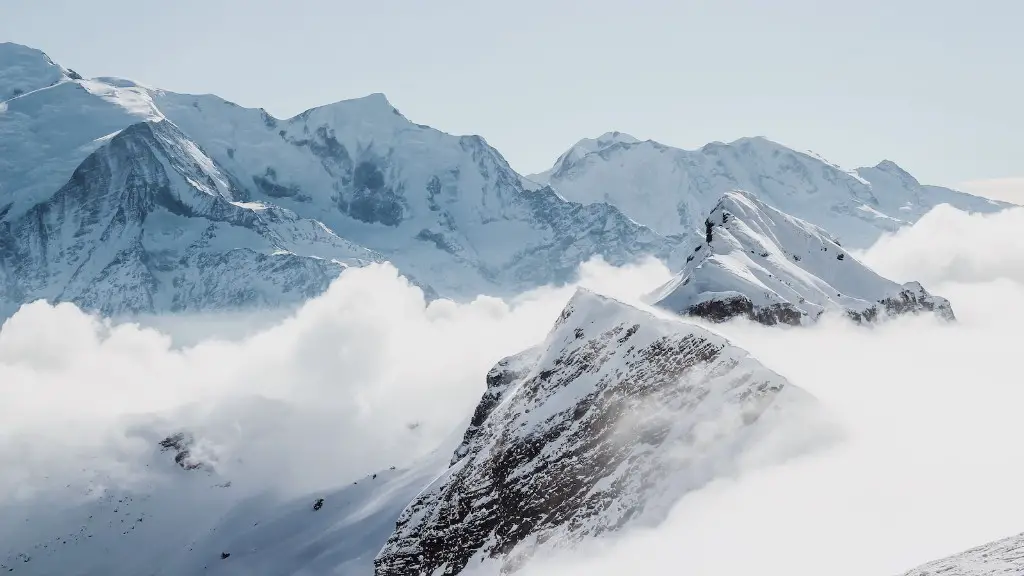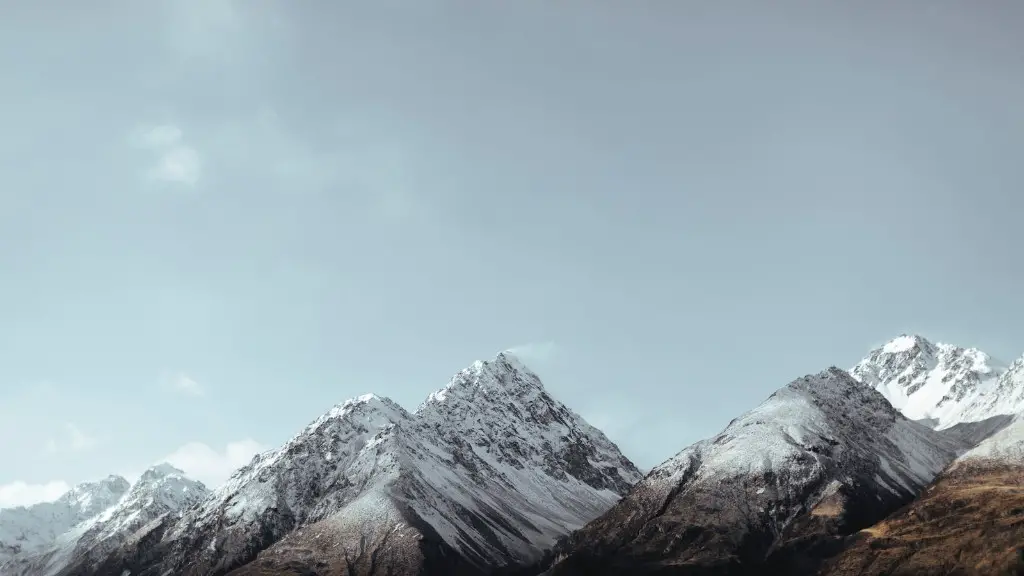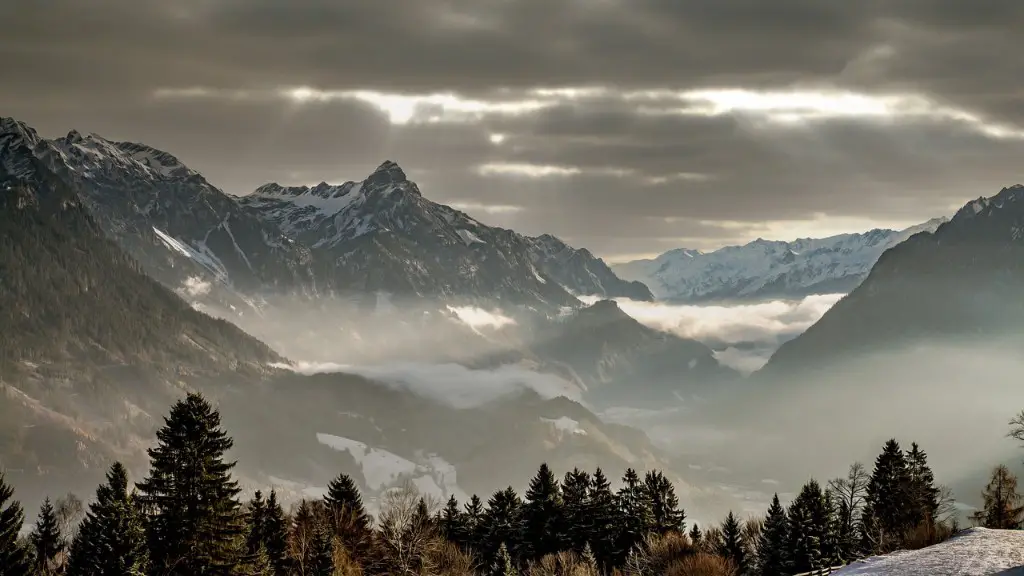If you’re looking to summit Mount Kilimanjaro, the tallest mountain in Africa, you’ll need to do some serious preparation. The trek to the summit is no walk in the park, and you’ll need to be in good physical condition to have any chance of making it to the top. In addition to physical training, you’ll need to have the right gear and supplies, and you’ll need to be mentally prepared for the challenge. In this article, we’ll give you some tips on how to prepare for Mount Kilimanjaro.
There is no one-size-fits-all answer to this question, as the best way to prepare for a hike up Mount Kilimanjaro will vary depending on your individual fitness level and experience. However, there are a few general tips that can help to make your climb as successful and enjoyable as possible:
– Start training several months in advance in order to build up your stamina and strength. Regular cardiovascular exercise and strength-training workouts will help to get your body in peak condition for the hike.
– Get to know the route you’ll be taking up the mountain, and familiarize yourself with the different stages of the climb. This will help you to plan your ascent, and know what to expect along the way.
– Invest in some good quality hiking gear, including comfortable shoes, a warm sleeping bag, and appropriate clothing for the conditions.
– Make sure you are mentally prepared for the challenge ahead, and have a positive attitude throughout the climb.
How long does it take to prepare for Kilimanjaro?
Kilimanjaro is one of the most popular tourist destinations in the world, and for good reason – it’s an absolutely stunning mountain. However, it’s also one of the most challenging, and most people will need to train specifically for the climb for at least three to four months.
During your training, you’ll need to gradually increase your hike time, distance, and elevation gain (by roughly 10% each week) to safely and effectively build your trekking-specific conditioning. This will prepare you for the physical and mental challenges of the climb, and help you reach the summit successfully.
If you are reasonably fit and have a positive attitude, you can climb Kilimanjaro! Beginners should be aware of the conditions on the mountain, as well as the seasonal climates. It is also important to be aware of the costs associated with climbing Kilimanjaro. Finally, be sure to prepare yourself physically and mentally for the challenge ahead.
How fit do I need to be to climb Kilimanjaro
You don’t need to be super-fit to climb Kilimanjaro, but it is important to be in good physical shape. This is a trek, not a climb, and if you can run for 30 minutes two to three times a week, and enjoy an all day hike at weekends, you should be fine.
To minimize your chances of suffering from altitude sickness on Kilimanjaro, it is important to acclimatize prior to the climb. Start the climb in the best possible health and with an excellent level of physical fitness. Take it easy on the trail and in camp. Drink plenty of fluids. Eat well. Sleep well. Relax.
Do you need oxygen tanks for Kilimanjaro?
Climbing Mount Kilimanjaro is definitely a challenge, given its altitude. However, climbers do not need to use supplemental oxygen in order to make it to the summit. The key is to use the acclimatization method of slowly walking “pole pole” (which means “step by step” in Swahili) and spending nights at lower altitudes in between climbs to higher ones. By following this method, climbers will be able to reach the summit without any problems.
The full day is 12 – 14 hours of trekking and covers 112 miles/ 181km 1,245m/ 4,084 feet up the mountain from Barafu or 1,095m/ 3,592 feet up from Kosovo Camp to the summit You then have 2,795m/ 9,169 feet down hill all in the same day.
Is Everest or Kilimanjaro harder?
While there are aspects of the Everest Base Camp trek that are harder than Kilimanjaro, the general feeling is that Kilimanjaro is the harder of the two treks. The main reason for this is summit night – it’s a biggie. Most people who have done both agree that summit night on Kilimanjaro is harder than anything on Everest Base Camp, especially if you’re not used to altitude. That said, Everest Base Camp is no walk in the park – it’s just that Kilimanjaro is a bit tougher.
Most days you’ll hike for around four to six hours. But on summit day, which begins at midnight, you’ll need to hike for around 12 to 16 hours! This is because your hike to Uhuru Peak, the summit of Kilimanjaro, takes around six or seven hours, but you must then descend a long way to reach that night’s campsite.
What month is best to climb Kilimanjaro
If you’re planning to climb Mount Kilimanjaro, the best time to do it is between January and February. These are the warmest months on the mountain, so you can expect clear, sunny skies in the mornings and evenings. However, clouds may appear in the afternoons and you may experience some rain.
Kilimanjaro is a walk-up peak, which means that it does not require any technical climbing gear such as ropes, harnesses, or ice axes. However, this does not mean that the climb is easy. Kilimanjaro is a very tall mountain, and the ascent is strenuous. hikers need to be in good physical condition and be prepared for altitude sickness.
Can you do Kilimanjaro without training?
No specialist skills are necessary for the climb, but you must have experience with hill-walking or aerobic exercise. If you are not currently fit, it may take months of training to reach a suitable level of fitness.
The air pressure at Kilimanjaro’s peak is less than half that at sea level, and has been said to be comparable to ‘working with only one lung’. This can make it difficult to breathe, and can cause other health problems.
Why do I poop more at high altitude
There is lower atmospheric pressure at higher altitudes. Something known as the ideal gas law explains why the same mass of gas expands and takes up more space in your bowels. The greater the volume of gas building up in your belly, the more likely you are to pass it.
Instead, you’ll be confronted with a smelly, fly-ridden hole in the ground that is barely big enough to squat over. Outhouses are the rule rather than the exception in many parts of the world, so it’s best to be prepared.
Is there a death zone on Kilimanjaro?
Kilimanjaro’s death zone is a dangerous place for climbers. The altitude is so high that it is impossible to acclimatize to the thin air. Climbers on Everest use oxygen tanks in the death zone, but even with this help, many people die each year.
If you are planning to climb Mount Kilimanjaro, you may want to consider taking Diamox as a trial run a few weeks before your trip. This will help you determine if you experience any side effects from the medication and whether or not it is right for you. Be sure to check with your doctor first before taking any medication.
Warp Up
This is a difficult question to answer because there is no one-size-fits-all answer. The best way to prepare for Mount Kilimanjaro is to speak to people who have done it before, and to read as much as you can about it. Also, make sure you are in good physical shape before you attempt to tackle the climb.
The best way to prepare for Mount Kilimanjaro is to do your research and be prepared for the conditions. Make sure you have the proper equipment and know the route you are taking. Be sure to give yourself plenty of time to acclimatize to the altitude. Most importantly, listen to your body and be aware of the signs of altitude sickness. With proper preparation, you can have a safe and enjoyable experience on Mount Kilimanjaro.
